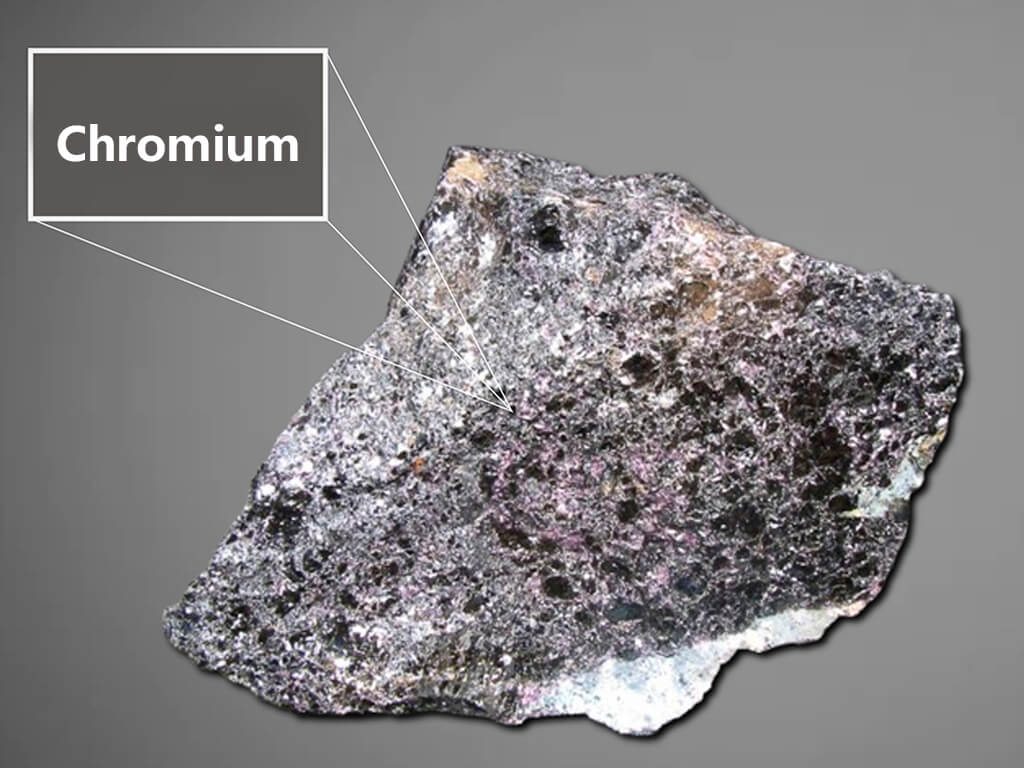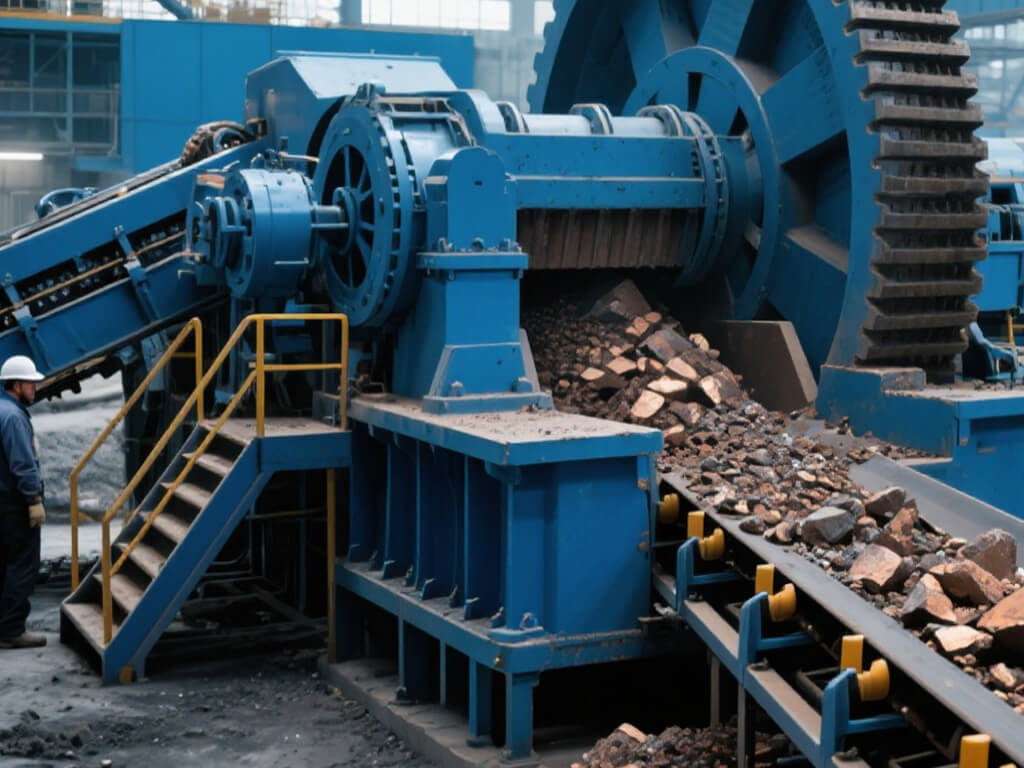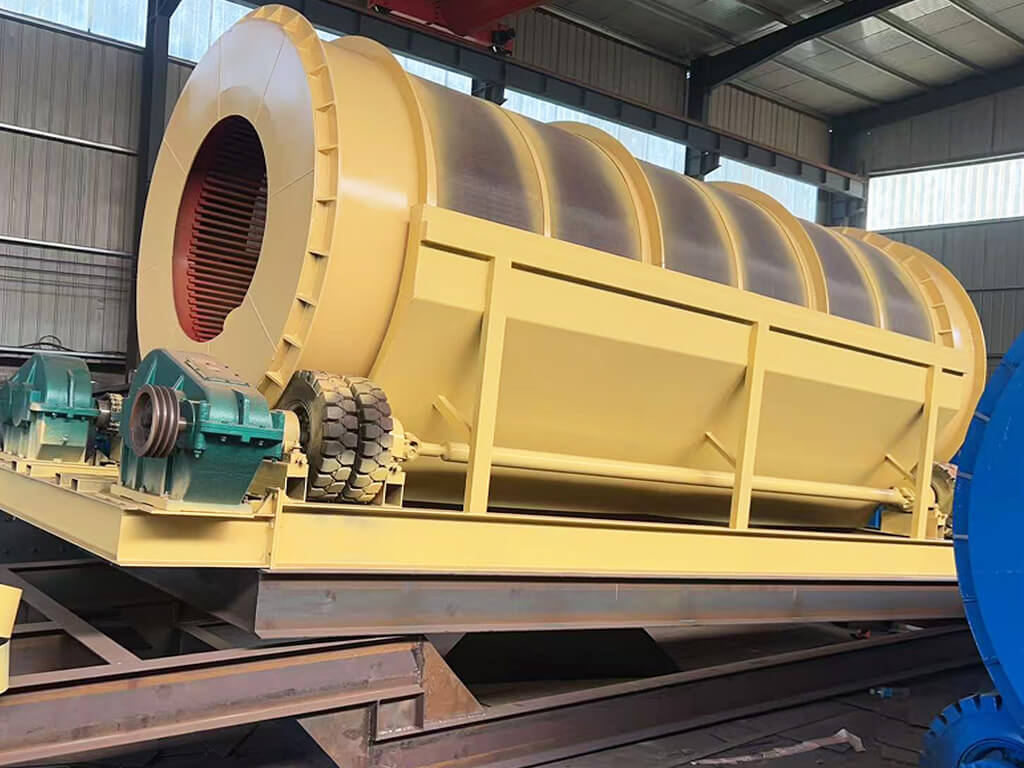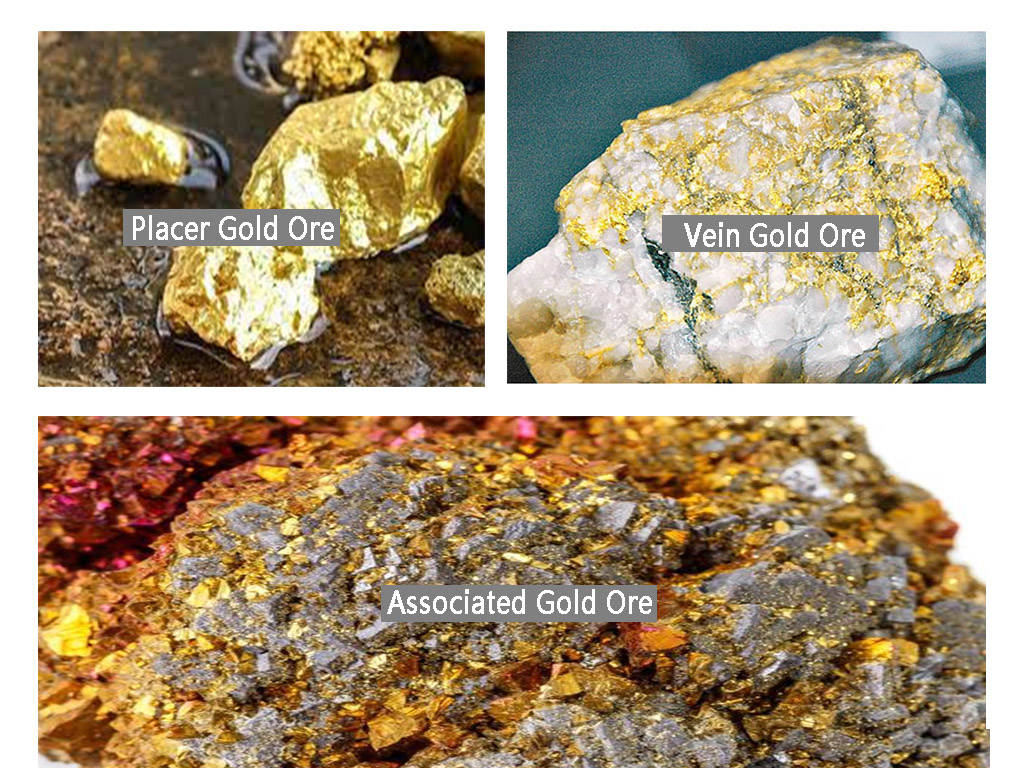- Home
- Blog
- Mineral Solution
- How Is Gold Formed: Exploring the Journey from Space to Earth
- minejxsc
What is Gold?
.webp)
Gold vs Other Precious Metals
| Feature | Gold | Silver | Platinum | Palladium |
|---|---|---|---|---|
| Chemical Symbol | AU | Ag | Pt | Pd |
| Atomic Number | 79 | 47 | 78 | 46 |
| Color | Yellow | White/Gray | Silvery-white | Silvery-white |
| Density (g/cm³) | 19.3 | 10.5 | 21.45 | 12.02 |
| Malleability | Extremely malleable,can be hammered into thin sheets without breaking | Highly malleable, but less so than gold, can tarnish | Highly malleable, does not tarnish | Malleable, but less so than gold and platinum,resistant to corrosion |
| Electrical Conductivity | Excellent. Widely used in electronic connectors and circuits | Excellent, used in electronics and mirrors | Good, used in catalytic converters and electronics | Good, also used in catalytic converters and electronics |
| Main Uses | Jewelry, electronics, coins, dental applications, aerospace | Jewelry, electronics, coins, industrial applications | Jewelry, industrial applications, medical equipment | Electronics, catalytic converters, jewelry |
| Economic Value (per oz) | Very high. Driven by rarity and demand in multiple industries | Moderate, widely used but more abundant than gold | Very high, rarer than gold, used in specialized applications | High,valuable for industrial and electronic uses |
Where Does Gold Originate?
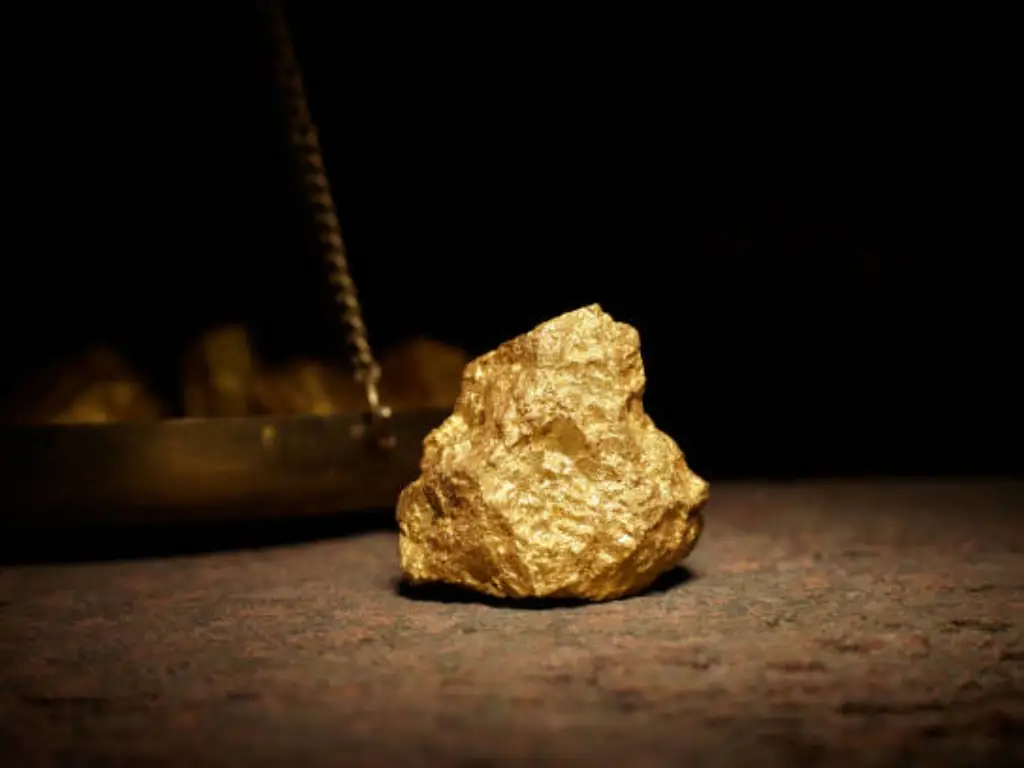
The origin of gold can be traced to farthest corners in the universe, farther than our solar system. Understanding the source of gold requires investigating astronomical phenomena that occur and geological conditions on Earth.
Astronomical Origins of Gold
The beginning of gold takes place in the stars. Heavy elements, such as gold, are synthesized through nucleosynthesis in the violent conditions of supernovae and neutron star mergers.
Geological Conditions for Gold Deposition
Gold is deposited through certain geological conditions on Earth,often as a result of tectonics and hydrothermal activities. Different types of minerals, including gold, are brought to the crust by molten rock rising from the mantle. When this magma cools down and solidifies, it can trap gold in quartz veins and other rock formations.
Processes related to hot solutions are very important in gold deposition. Gold together with other kinds of mineral is carried by these hot fluid-rich solutions as it reacts with surrounding rocks cooling along fractures and cracks within the Earth’s crust. Such processes usually happen in areas that have intense volcanic activity because such areas provide the best conditions for forming minerals that are rich in nature. Over millions years, these geological conditions have played an important role in concentrating economically viable gold deposits such as those found in South Africa’s Witwatersrand Basin as well as placer deposits in stream beds and alluvial plains.
How is Gold Formed?
To comprehend how gold is formed, one needs to consider both cosmic and geological factors that have influenced the distribution and availability of the metal.
Astrophysical Processes
Earth's Geologic Processes
Which is the Easiest Way to Get Gold?
Out of all the processes that take place on Earth and in space, the geologic processes are the most convenient and feasible for extracting gold on Earth. Supernovae and neutron star collisions produce gold in space but this gold is spread across the universe and cannot be obtained easily. Meteorite delivery while it has added to the gold reserves of the earth, does not leave the gold in a single concentrated area. While on Earth, geological processes such as hydrothermalism concentrate gold into economically viable forms such as quartz veins and placers. These formations are easier to extract and purify, and therefore are the main source of gold for human consumption.
For efficient gold processing solutions, check out our comprehensive mineral processing equipment resources.
Gold Investment and Market Trends

Gold has for many years been considered an important commodity for investors since it acts as a good inflation and currency risk hedge. Today, gold investment has become a popular investment avenue, especially due to the unstable world economy and political crises. As for gold, its demand is growing due to investors’ desire to invest in safe assets, while the prices are volatile. The availability of Gold Exchange-Traded Funds (ETFs) and digital gold platforms has also helped in the democratization of gold investment.
The future of gold investment will be influenced by the following factors: economic fluctuations, technological development and the growing use of gold in different sectors such as electronics and renewable energy. Gold will continue to be an important commodity in global financial portfolios as new markets are created and old ones change, due to the inherent value of the metal and its usefulness in various applications.
Where Is Gold Found Around the World?
Gold deposits are located in different parts of the world and are connected with certain geological structures. Some of the most notable gold-producing areas include:
Discover major gold mines by Explore the Largest Gold Mine in the World: Top 10 Revealed.
Conclusion
Future extraction and creation of gold involves the progress in knowing about the earth’s and outer space’s activities and at the same time finding more sustainable methods of mining. The current technology is leading to discovery of alternative efficient and eco-friendly ways like Biomining, Green Chemistry among others.
Moreover, the development will help reduce environmental damage caused by gold mining yet still maintaining economic productivity. Additionally, as scientists continue studying how gold came into being and where it can be found there are chances that less invasive mining processes could be developed. By merging scientific knowledge with modern technical advancements, the gold industry seems ready to balance between global demand versus conservation for posterity.
Partner with JXSC for Easy Gold Extraction from Ore
The JXSC Mine Machinery Factory is an experienced mining equipment supplier, specializing in various types of machinery that are efficient in mineral processing. Since it was founded in 1985, JXSC has gained a lot of respect in the international market. It provides reliable and high-quality mining equipment to over 60 countries.
JXSC offers complete gold extraction solutions which include gravity concentration, magnetic separation and hydrothermal extraction. This means that JXSC’s equipment is made to improve the efficiency of mining operations so as to be able to process even difficult deposits of gold effectively. By working with JXSC, mining operations can benefit from cutting-edge technology, professional advice, and dedication to sustainable and economically viable practices.

